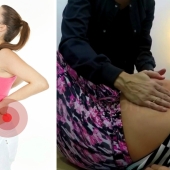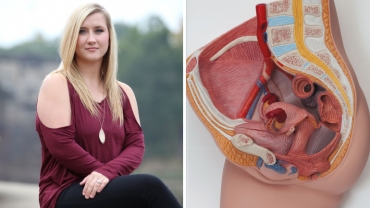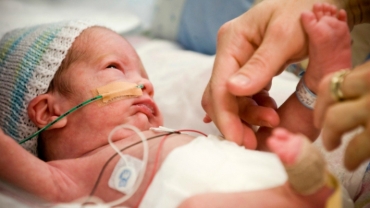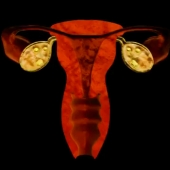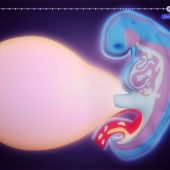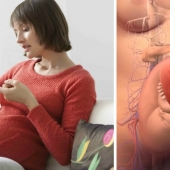The baby receives nutrients and oxygenated blood from the mother through the uterus, into the placenta and then through the umbilical cord. The de-oxygenated blood and waste products travel out of the baby, up through the placenta and out of the uterus. Weakness in the uterine wall, due to two previous cesarean births, causes the uterus to rupture.
When a partial placental abruption occurs, the fetus cannot get sufficient blood flow into or out of the uterus. This depletes the oxygen and nutrient supply to uterus. If this condition is not treated quickly the baby will sustain brain damage from the lack of oxygen.
Under certain abnormal conditions, bleeding can occur between the uterus and placenta. Until 25% of the placental-uterine interface is affected, oxygen delivery to the baby to the baby is not significantly impaired, and the baby will be able to compensate.
The signs of an abruption include:
- Bleeding
- Abdominal Pain
- Hypertension or Increased Blood Pressure
- Uterine Irritability
As the abruption continues, the surface available for oxygen transfer is reduced, and maternal blood loss can affect the mother by causing dehydration and eventually lowering her blood pressure, leading to decreased oxygen delivery to the baby.
Until the abruption reaches a dangerous level, the baby can continue to compensate by increasing her heart rate. When a mother presents with the classic presentation of a placental abruption, she must be immediately assessed, and a diagnosis of the abruption be ruled out with an ultrasound.
Without proper intervention, the blood loss can lower the mother's blood pressure leading to decreased oxygen delivery to baby. If the abruption is not diagnosed in a timely fashion, and the baby delivered, prolonged oxygen deprivation can lead to permanent injury to the fetal organs, including the brain.
- 773 views

